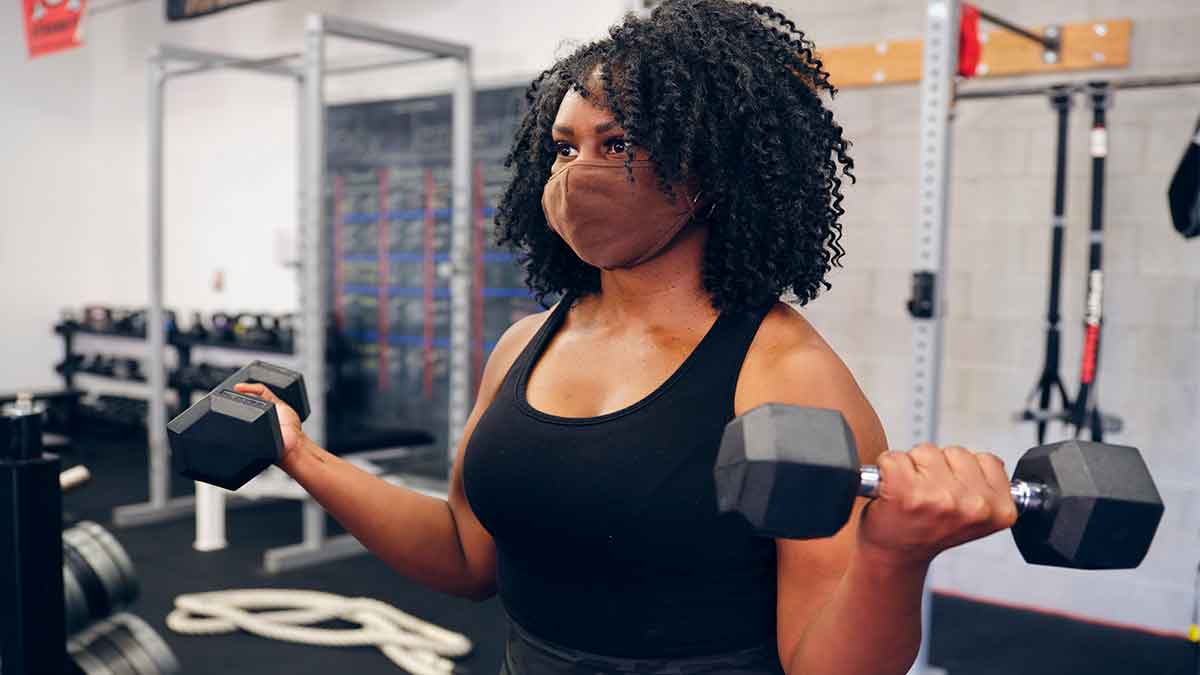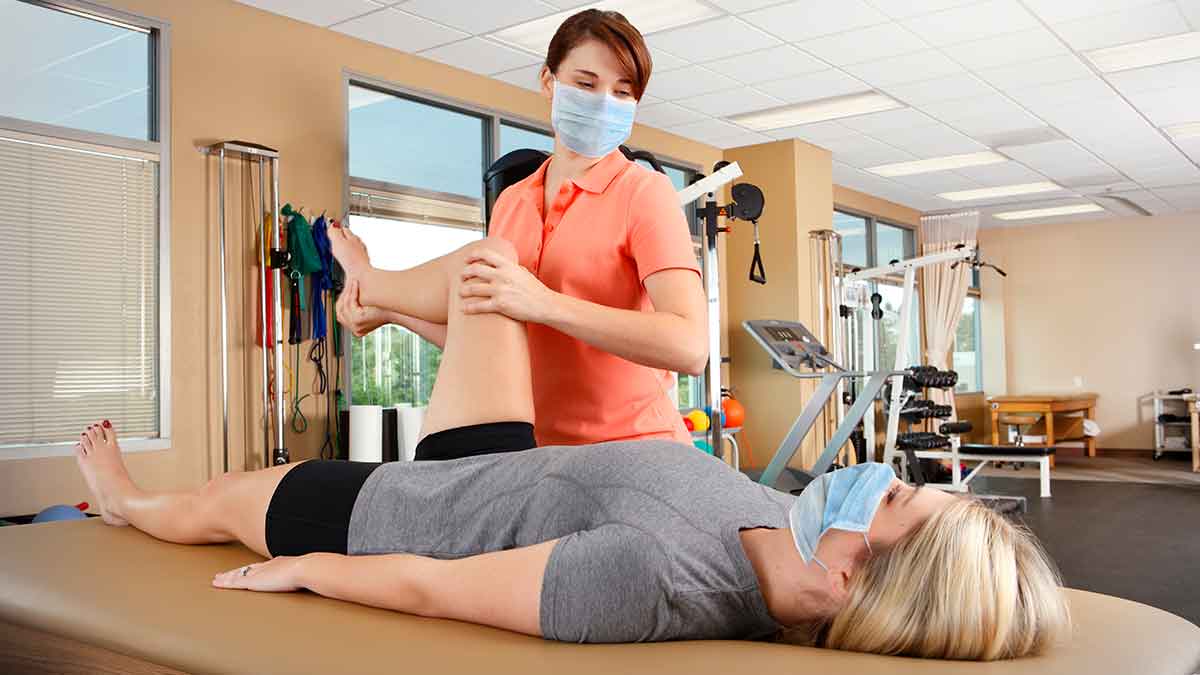How to ease joint pain

Joint pain can make everyday tasks like walking, climbing stairs and picking things up difficult.
The pain, swelling, stiffness and loss of range of motion in the shoulders, hips, knees or other joints may be due to arthritis or damaged cartilage. Tears of tendons, labrum, ligaments, meniscus or nearby muscles could also be to blame.
Wear and tear, an autoimmune disease, sports and trauma, like an accident or fall, can bring on these symptoms and they shouldn’t be ignored.
As an orthopedic surgeon, my aim is to reduce pain, improve function and keep your joints as healthy as possible for as long as possible in order to allow you to remain active.
Non-surgical treatment options
Depending on the injury, we typically start with non-surgical options:
- Rest: Take a break from activities that aggravate the joint.
- Activity modification: Perform different exercises or temporarily avoid doing things that stress the joint. Our joints are force multipliers and four to nine times our body weight force goes through our knees. If you like to run, walk instead or try working out in water, which reduces the force. The elliptical, swimming, cycling and some weight training are other good lower-impact activities.
- Weight loss: If you’re overweight, losing as little as 10 to 15 pounds has been shown to reduce the stress on your joints and prevent further damage.
- Medications: Over-the-counter medications such as acetaminophen, aspirin, ibuprofen or naproxen can reduce pain and inflammation. I’m often asked about the supplements like glucosamine and chondroitin. There isn’t great scientific evidence that they help, but some patients do seem to get benefit, so they might help and probably can’t hurt. If you want to give them a try, take them for a month or so and see if it helps.
- Physical therapy: A physical therapist can develop a custom treatment plan with exercises and stretches to improve your gait and posture, relieve pain and improve function with activities.
- Injections: As long as the joint isn’t severely damaged, injections of corticosteroids and orthobiologics like platelet-rich plasma can reduce inflammation and slow joint damage.
Surgical treatment options
When non-surgical treatment isn’t appropriate or the injury is too severe, we look at surgical treatment options:
- Cartilage repair: There’s no way to regrow cartilage well but, with microfracture surgery or drilling, the body can produce scar cartilage that can help joints move and glide more smoothly. Other cartilage-restoration surgeries do exist to create new surfaces as well.
- Arthroscopic surgery: During arthroscopic surgery, small incisions are made near the joint. Small cameras are inserted into the joint to inspect the health of the tissues inside. The damaged ligament or tendons can be repaired or removed and may be replaced with tissue from another part of the body or from a deceased donor. In meniscus surgery, the damaged area is repaired or trimmed.
- Joint replacement surgery: During joint replacement surgery, the damaged portions of the joint are removed and replaced with a prosthetic joint. We turn to joint replacement surgery when damage in the joint itself is beyond repair. Joint replacement surgery exists for many parts of the body and is among the most successful surgery that we do in orthopaedics. Some of these procedures can be done in the outpatient surgery center.
W. Kelton Vasileff is an orthopedic surgeon at the Jameson Crane Sports Medicine Institute at The Ohio State University Wexner Medical Center.
How would you like to schedule?
Don’t have MyChart? Create an account




